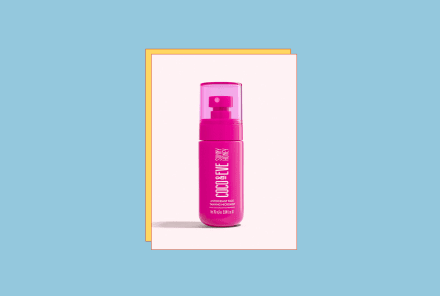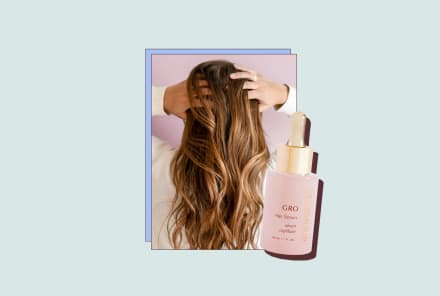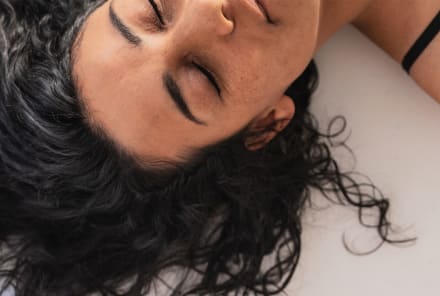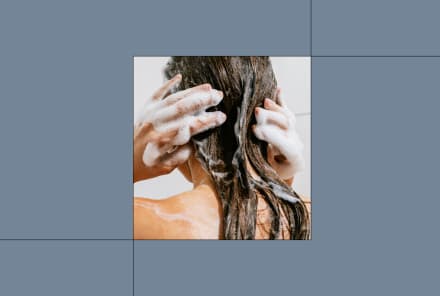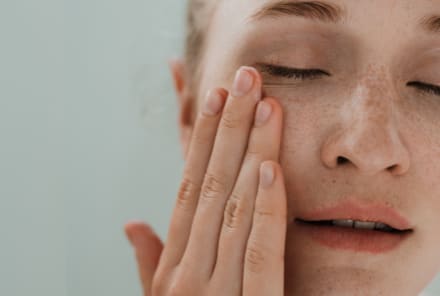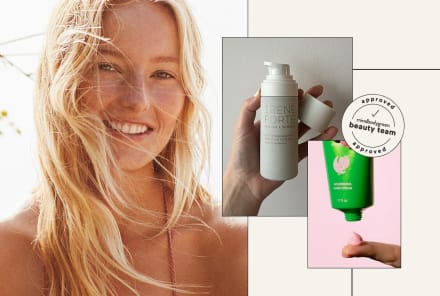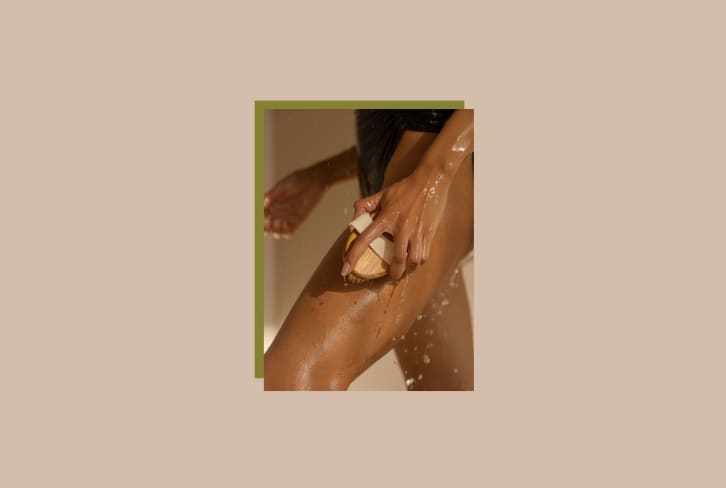Advertisement
Does Your Shampoo Bar Make Your Hair Dry? Here's What To Know

From body soap to lotion to face wash to, yes, shampoos, we love bars around here—they're sustainable, travel-friendly, often small-batch, and most lean natural. But like anything good, this does not mean they're perfect, nor that you should throw caution to the wind—especially given your hair type.
Here's my mentality about any beauty product: All good things are usually not good across the board, nor good for everyone. So what's the thing you need to look out for in shampoo bars? The pH.
"Once I was over in London, I found this natural shampoo bar, and I was all excited because it was natural and more sustainable," says hair colorist and founder of natural salon Spoke & Weal Christine Thompson. "But then I flipped it over to the back and the pH was a 9, and I was shocked! Luckily they had the pH on it so I knew."
A reminder on why pH matters.
"What is always most important with shampoos is the pH of the product," says Thompson. And pH is certainly having a moment in the beauty space, thanks to skin care. Balancing products, meaning they help balance the pH of your skin naturally, are pretty mainstream. They often come in the form of face washes and toners. And if you've been following the trends, you've been briefed on this little chemistry lesson, but if you haven't: Everything lands on a pH scale from 0 to 14. If something is acidic, that means its pH is low, ranging from 0 to 6.9. If something is alkaline, that means it's from 7.1 to 14. If something is neutral, it lands right in the middle at 7. We've done a briefer on pH before, so here's a breakdown, as it relates to hair:
- Your scalp, like the rest of your skin, runs at about 5.5. Your hair runs at about 3.67. Anything that you put on your scalp or hair, from water to product, can affect the pH, as is true for your whole body. And when the natural pH changes, you'll see changes.
- Water's pH is around a 7, so when you take a shower, it will raise the pH—sometimes reaching as high as mid 6. And a shampoo's pH runs the gamut, from an acidic 3.5 to alkaline 9 (read more about shampoo's pH in this study1). When hair becomes more alkaline, the cuticles raise and it becomes drier, frizzier, and more prone to damage. On the flip side, acidic products help close the cuticle.
Why do many bars have such a high pH?
Bar soaps and shampoos are made with saponified oils (castor, coconut, and palm are the common ones). The saponification process increases the pH of oils, making the resulting product extremely alkaline. The best bars are usually made with moisturizing and soothing additives (honey or oat for example) to help make the shampoo more gentle, but they can still be harsh for certain kinds of hair or if not used properly.
Here's what different hair types should know.
"If someone with dry or chemically treated hair used one of these, it could end up being too stripping," says Thompson. But for someone with hair that is pretty tolerable? "It could be very cleansing for someone," she says. Here, some guidelines:
- If you have color-treated hair, you'd be wise to avoid or not use regularly. Alkaline products blast open the cuticle, and the color molecules literally fall out—dulling and fading color. (Since hair dye can cost a pretty penny, you likely want to keep it vibrant as long as possible.) And because the coloring process is so harsh on the hair anyway, anything drying only further damages the hair's condition.
- If you have coarse, porous hair, this will likely just cause more tangling or damage. When the cuticle is raised, it causes more friction between the strands (think of the raised cuticles like shingles, rubbing against each other). Friction is what leads to physical damage.
- If your hair's cuticle doesn't tend to raise (if it's naturally shiny and won't pouf in humidity, this is you), you're likely fine to use these. Over time, if you find it to be drying or dulling your naturally hydrated strands out, but you're dedicated to using it, you can follow your conditioner with a cuticle-closing product. Try an apple cider vinegar rinse or spray—since vinegar is acidic, it will help close the cuticle.
Watch Next
Enjoy some of our favorite clips from classes
Enjoy some of our favorite clips from classes
What Is Meditation?
Mindfulness/Spirituality | Light Watkins
Box Breathing
Mindfulness/Spirituality | Gwen Dittmar
What Breathwork Can Address
Mindfulness/Spirituality | Gwen Dittmar
The 8 Limbs of Yoga - What is Asana?
Yoga | Caley Alyssa
Two Standing Postures to Open Up Tight Hips
Yoga | Caley Alyssa
How Plants Can Optimize Athletic Performance
Nutrition | Rich Roll
What to Eat Before a Workout
Nutrition | Rich Roll
How Ayurveda Helps Us Navigate Modern Life
Nutrition | Sahara Rose
Messages About Love & Relationships
Love & Relationships | Esther Perel
Love Languages
Love & Relationships | Esther Perel
